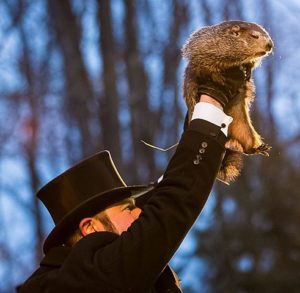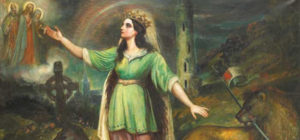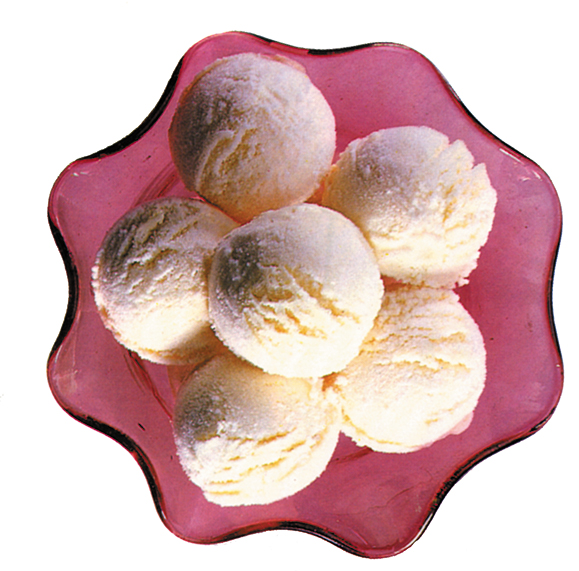Time passes and things change. As people migrate from nation to nation around the earth, they may leave the land of their birth behind, but their travel gear is packed chock full of tradition. No matter where the emigrants settle, customs and festivities that have weathered the test of time find a new home as well.
Sometimes the celebration is adopted whole and intact. One of the best examples is Saint Patrick’s Day. When millions of immigrants fleeing Ireland’s 19th-century potato famines arrived in the United States, they continued honoring their patron saint’s feast day, and March 17th became one of America’s most popular holidays. Greeting cards embossed with shamrocks, Irish proverbs, and the ubiquitous leprechaun pop up in retail shops as soon as Valentine’s Day is a wrap. Saint Pat Parades strut down the main street of every major city. Florists do a booming business in bouquets of green carnations. Supermarkets offer special discounts on corned beef, cabbage, and potatoes, and rivers of beer and stout flow at bars and parties.

Sometimes, however, the old ways are absorbed into the celebration calendar of a people’s new land as quietly as a whisper, and contemporary traditions emerge that evidence incredible ethnic mixes. Take February 2nd for instance. Who would ever suspect that Pennsylvania’s Punxsutawney Phil, the weather-forecasting marmot maestro of Groundhog Day, has even the remotest relationship with Saint Brigid? The evolution of the merger is convoluted but clear and begins, as many things do, in Ireland.
Long ago, when survival depended primarily on successful harvests, timely crop planting was of paramount importance, and the Celtic calendar was based on the seasons of the annual agricultural cycle. At Winter Solstice the sun’s light was at its weakest, but by the second full moon following, the lengthening daylight hours were cause for rejoicing. Like other solar events, the celebration was a time for fire rituals. It was known as Imbolc, and its patron was Brid, the Celtic fire goddess.
Myths tell that Brid was born full-grown at dawn on the threshold of a house filled with light, and a column of flame sprang from her head high into the heavens. Beside the cottage flowed a stream whose waters had the power to cure all ills, and the banks were covered with healing plants.
In the meadow grazed a red-eared cow whose sweet milk never ran dry. Brid was the patroness of the hearth and healers, and blessed was the home where a fire burned in her honor. On Imbolc, people wove sheaves of wheat into decorative little brooms, similar to those used to sweep up ashes, and they feasted on dairy products.
The red-haired girl who became Ireland’s favorite female saint was the daughter of a Celtic chieftain and a slave girl. She was fostered by a Druid priest, but when the time came for her to be married, she chose instead to be baptized into the new Christian faith and pursued a life of charity. Her good works and healing skills were as famous as the ale produced in her abbey, for like her mentor Saint Patrick she was a superb brewer. Like the goddess before her, Saint Brigid’s feast day is celebrated on the 2nd of February, and dairy products are still the most popular traditional foods eaten then.
But how, you ask, is Brigid connected with Pennsylvania’s Groundhog celebration? This is where the story’s path twists and turns. The Celts did not live only in Ireland. Their homelands ranged across Europe. In the land that is now France, there was a band known as the Parisi, and it is from them that the city of Paris gets its name. The fire goddess Brid was known to all the Celts. Her feast day was observed far and wide, and it was everywhere a day when bonfires were lit to celebrate the approach of spring.
When the Christian Church’s influence supplanted the Celts’ Druidic ways, the new faith found it impossible to eradicate the old traditions. People continued to observe the second full moon after Winter Solstice with fire ceremonies so in 494 A.D. Pope Gelasius. the First established a Church holy day to divert public adherence from the ingrained pagan practices.
The new festival, called The Purification of Mary, referred to the occasion when Mary, as required by Jewish law, went to the temple in Jerusalem to present her son to the elders and to be purified after giving birth to a male child. Candles to be used during the year were blessed, and the faithful carried lit tapers around the church, symbolizing the entry of Christ, Light of the World, into the temple of Jerusalem. February 2nd became known as Candlemas Day, but in essence, people simply transferred their habit of kindling fires to lighting copious numbers of candles.

In Ireland, the day always remained sacred to Brid and later Saint Brigid, but elsewhere in Europe, it began to acquire its own set of traditions. How weather prognostications and the illustrious groundhog entered the picture prove that the meanderings of myth and ritual are intricate indeed. By the 11th century, most of Europe was celebrating Candlemas. It marked a milestone in winter, and the weather that day was considered an omen. English superstition held that “If Candlemas be fair and bright, then Winter has another flight, but if the day brings clouds and rain, Winter will not come again.”
The concept seeped over from England to Germany (perhaps when the royal bloodlines intermingled) and picked up another twist. If a hedgehog (let’s call him Marmotus Germanus) peeped out of his winter hibernation hole on Candlemas and found snow he’d trot about, but if the sun was shining he’d pop back inside for another six-week nap. When America was colonized, many Germans emigrated to Pennsylvania. In fact, so many Deutschlanders settled in the upcountry of William Penn’s colony that the region became famous for its Pennsylvania Dutch towns. One was Punxsutawney.
The town’s name is not German at all, but a word meaning “place of sandflies” in the language of the native Delaware people. Once again, the legend tells why. Long ago, a wicked sorcerer was hunted down by a brave young chief. When the villain’s body was burned to destroy its evil medicine, embers flew into a nearby marsh and turned into tiny flies whose bites were hot as fire sparks. Delaware also believed that people were originally animals who lived inside Mother Earth, and their tribal totem was the small, furry, winter-hibernating wojak. German settlers recognized this “woodchuck” as a cousin of their hedgehog, called him a groundhog, and cast him in the role of spring weather predictor.
At this point, all the pieces of Groundhog Day’s origin have been found. How it became an annual event of daybreak weather-watching and feasting is pure American hoopla. In 1899 Clymer Freas, savvy city editor of the local newspaper, The Punxsutawney Press, named the groundhog Phil, set him up on Gobbler’s Knob, founded the Groundhog Club, and started a media campaign to put Punxsutawney on the map.
The ploy worked. More than a hundred years later, our entire country now celebrates Groundhog Day, holding its breath and placing bets on how Phil will forecast the coming weather. Strangest of all, the day’s traditional taste treat is still a dairy product that could have been gotten from the goddess Brid’s own red-eared cow – a heaping scoop of vanilla ice cream served with or without America’s contribution, chocolate sauce, depending on whether or not Phil sees his shadow. Proof once again that time passes and things change. Imbolc became Saint Bridget’s Day, which became Candlemas, which became Groundhog Day. Would like that all nations could embrace each other as easily as we adopt and modify our favorite holidays. Slainte!
RECIPES
Vanilla Ice Cream
8 large egg yolks
1 cup sugar
1/2 teaspoon salt
2 1/4 cups milk
2 1/4 cups heavy whipping cream
2-inch piece vanilla bean, sliced lengthwise to expose seeds
Place the egg yolks in a large stainless steel bowl. Add the sugar and salt and whisk until smooth. Place the milk, cream and vanilla bean in a heavy-bottomed stainless steel saucepan and bring the mixture to a light boil. Remove from heat and whisk it into the egg-sugar mixture gradually in very small amounts to keep the eggs from setting. Refrigerate the ice cream base until cold, then remove the vanilla bean and freeze according to ice cream machine manufacturer’s instructions. Make 2 quarts.
_______________
Chocolate Sauce
1/2 cup plus 2 tablespoons cocoa powder
1 3/4 cups water
1 cup sugar
6 tablespoons sweet butter
2 tablespoons heavy whipping cream
In a large bowl, mix the cocoa powder with 1/2 cup of water to make a thick paste. Place the remaining 1 1/4 cups water and the sugar in a heavy saucepan and bring to a boil, then stir it into the cocoa paste. Transfer the cocoa mixture back to the saucepan and simmer, stirring occasionally, for approximately 15 minutes until it thickens enough to coat the back of a metal spoon. Cool slightly and then whisk in the butter and cream. Serve warm drizzled-over scoops of vanilla ice cream. Makes 1 3/4 cups. ♦

